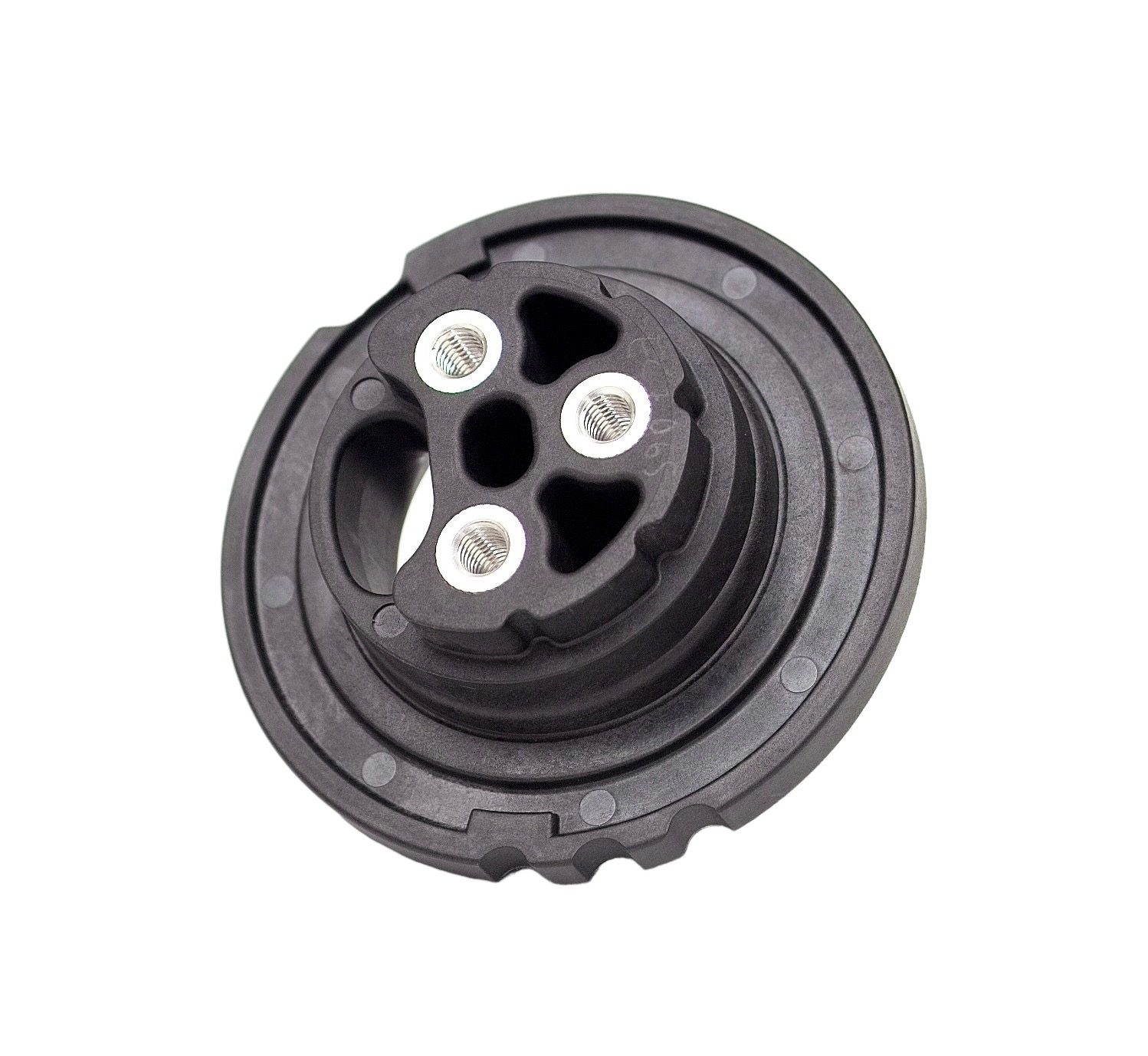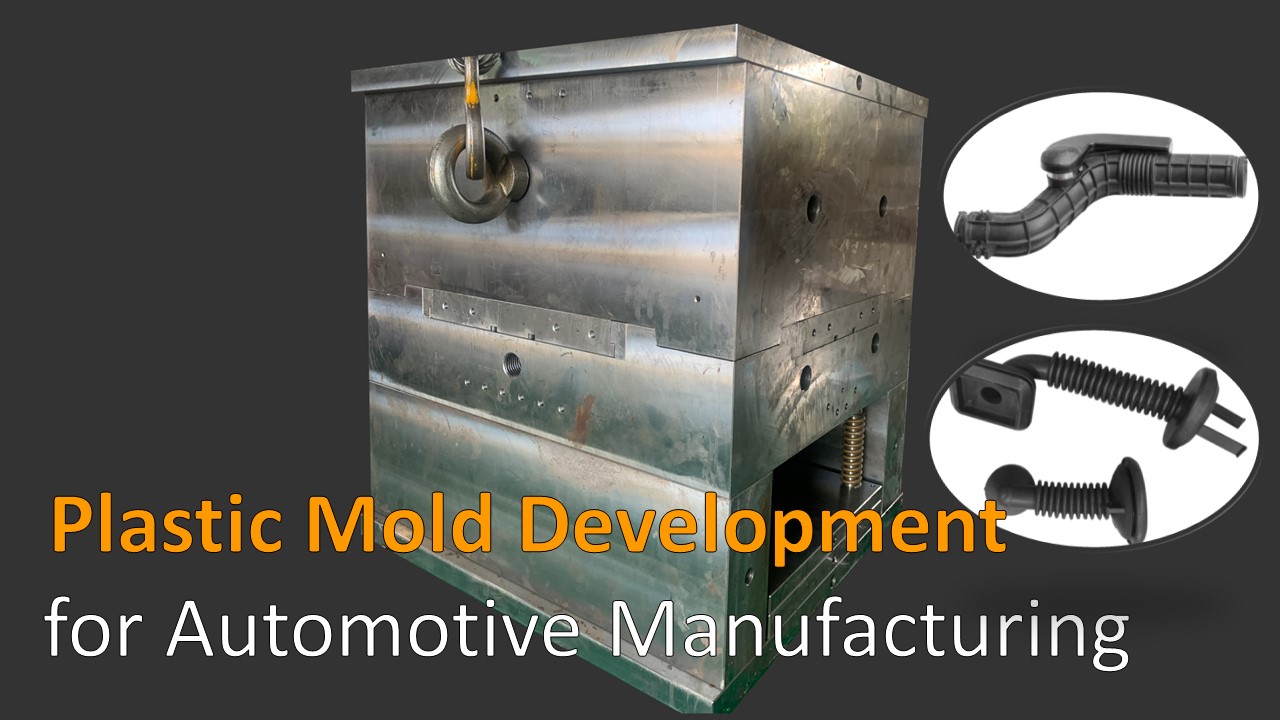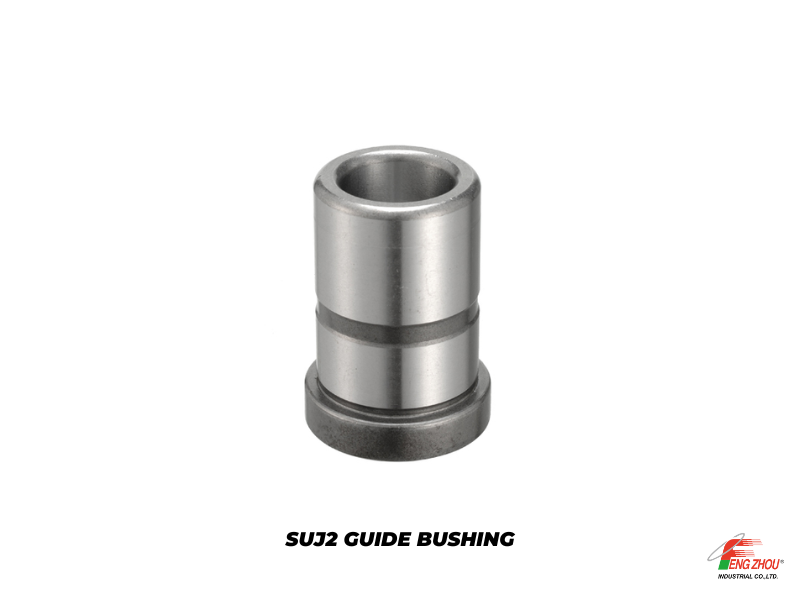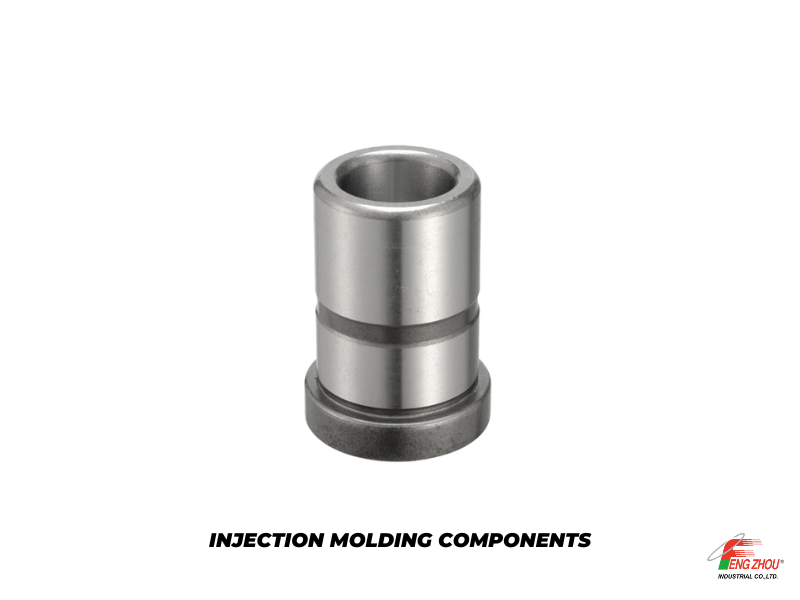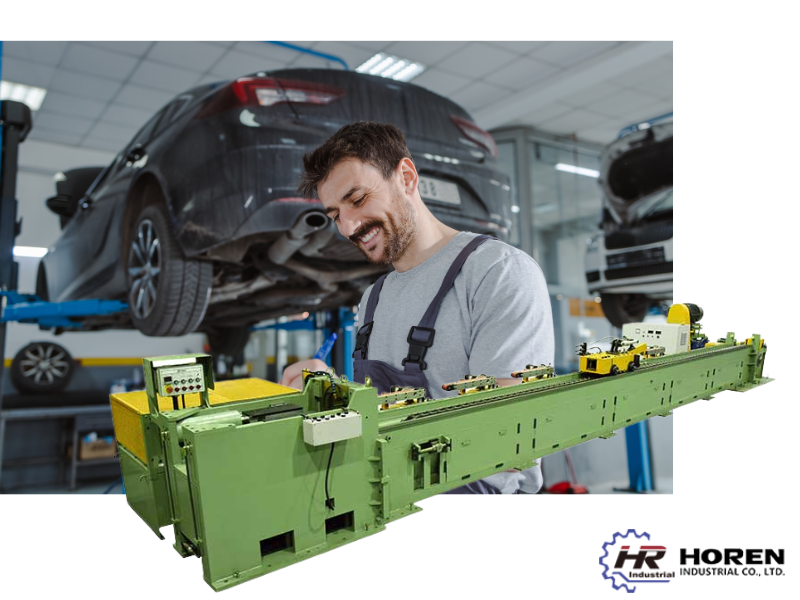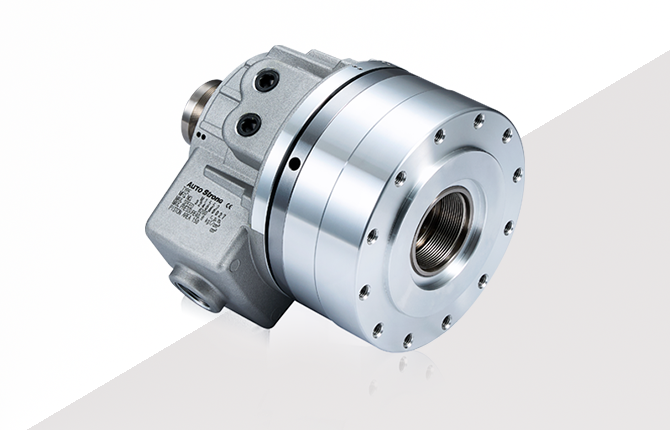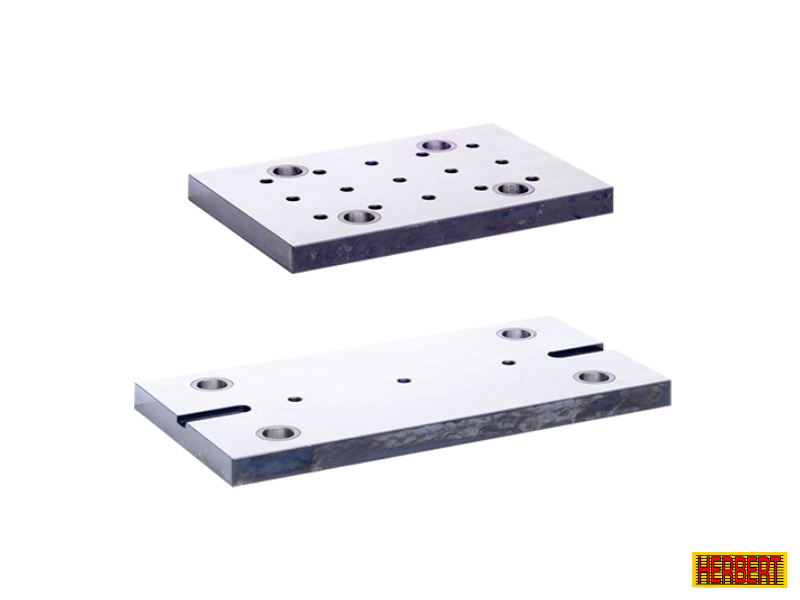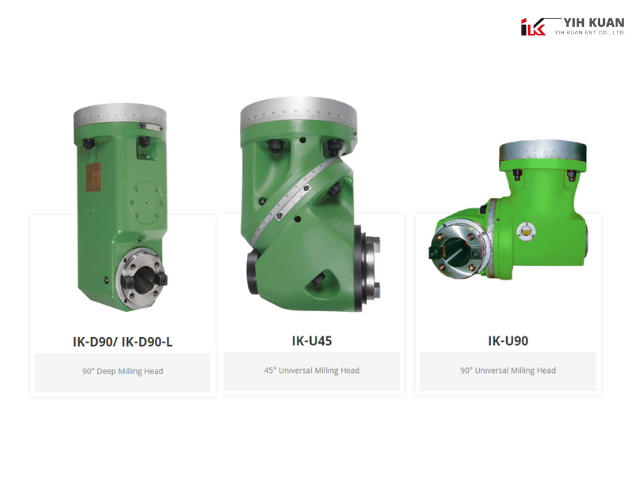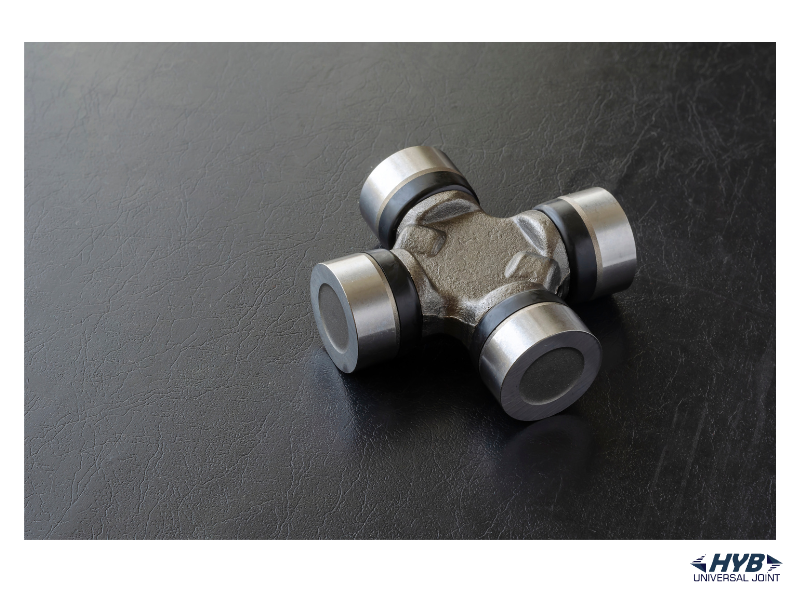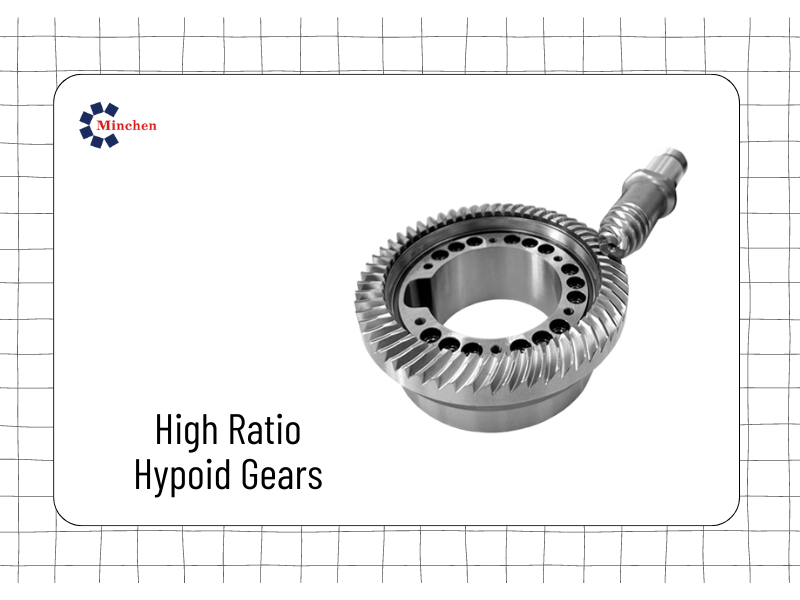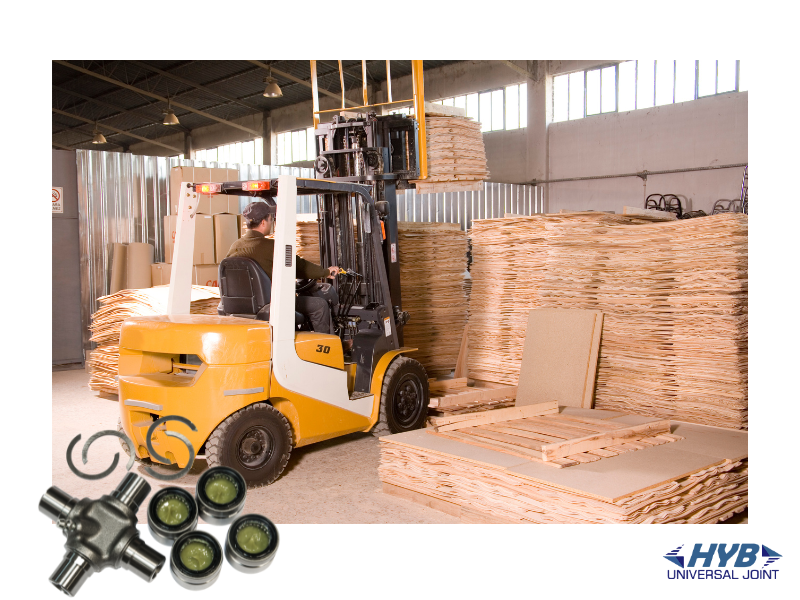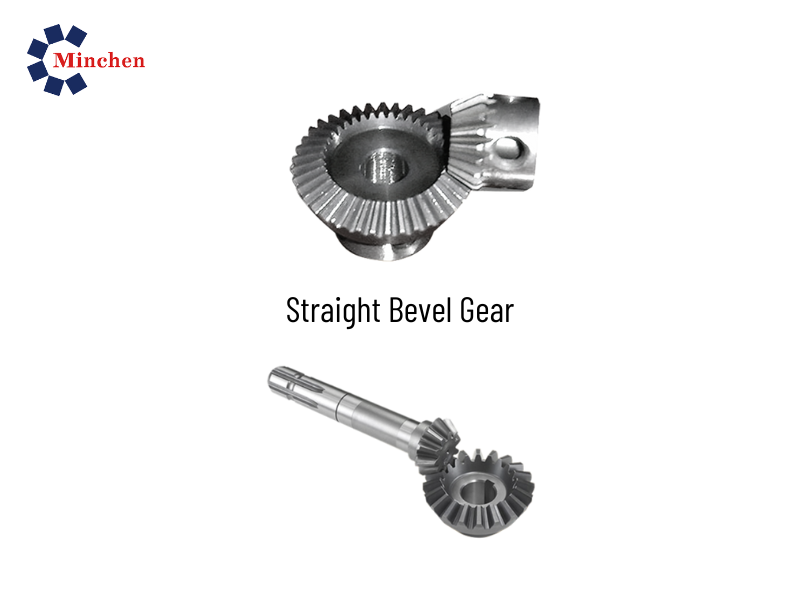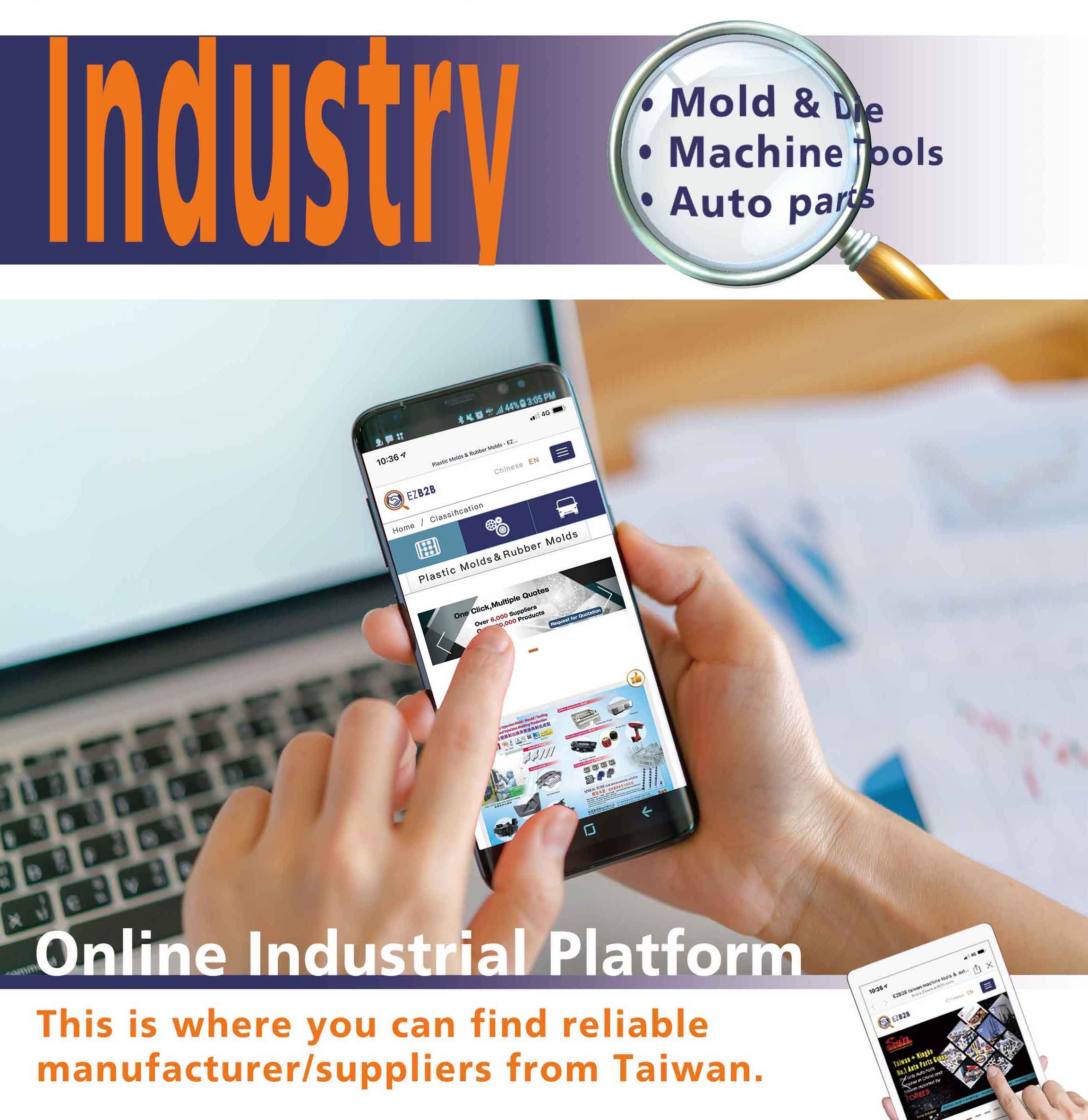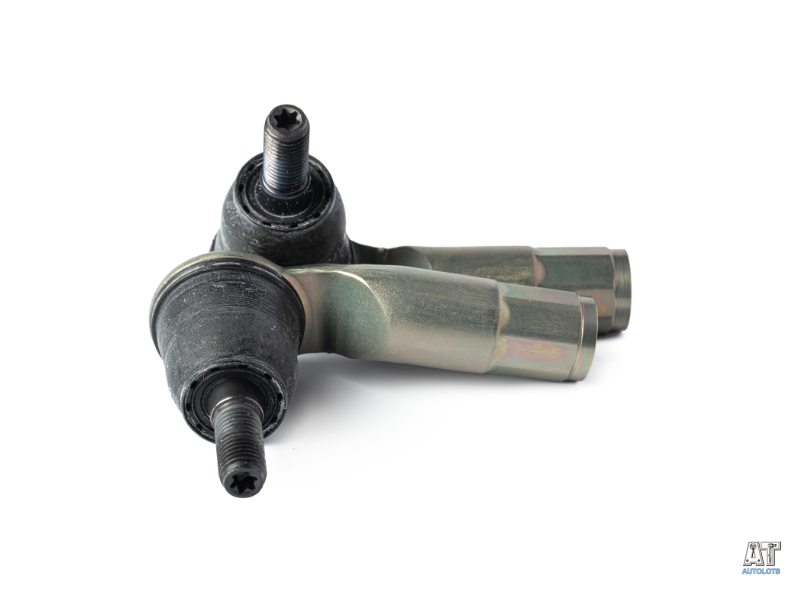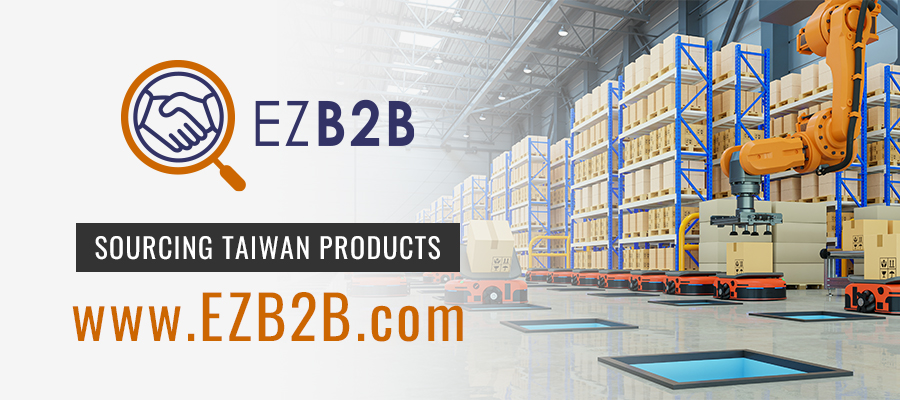Universal Joint (U-Joint) for Forklifts: A Vital Component
2024-05-31Auto Parts
As a leading manufacturer of high-quality forklift components, SHIUH JI CO., LTD. understands the critical role that universal joints (U-joints) play in the reliable and efficient operation of these essential machines. In this comprehensive article, we will explore the significance of U-joints in forklift systems, the different types available, proper maintenance and installation procedures, and the importance of choosing genuine OEM parts for optimal performance and longevity.
Key Takeaways
- U-joints are crucial components that enable smooth power transmission and controlled movement in forklift systems.
- Hook-style and ball-and-trunnion are the two most common types of U-joints used in forklifts, each with its own design and performance characteristics.
- Proper maintenance, including regular lubrication and inspection, is essential for extending the service life of U-joints and preventing costly breakdowns.
- Selecting the right U-joint, considering factors such as forklift make and model, is crucial to ensure compatibility and optimal performance.
- Using genuine OEM U-joint parts from reputable suppliers like SHIUH JI CO., LTD. helps ensure quality, reliability, and a perfect fit for your forklift.
Introduction to Universal Joints
A universal joint, commonly referred to as a U-joint, is a mechanical coupling used to transmit rotational motion between two shafts that are not perfectly aligned. In the context of forklifts, U-joints play a crucial role in the machine's forklift drivetrain, allowing for smooth power transmission from the engine to the wheels or lift mechanism, even when the shafts are at an angle.
What is a Universal Joint?
A universal joint is a type of forklift component that allows for the transmission of rotational force between two non-parallel shafts. This design helps accommodate the natural movements and flexing of the forklift's chassis, ensuring consistent and reliable operation, and enabling the efficient and safe movement of loads.
The Role of U-Joints in Forklifts
The universal joint function in forklifts is to provide a flexible connection between the engine and the wheels or lift mechanism. By allowing for misalignment between the shafts, U-joints help absorb vibrations and maintain a smooth power transfer, even in challenging operating conditions. This ensures the forklift can operate at peak performance, delivering the necessary power and control to handle various loads and tasks effectively.
Types of Universal Joints
When it comes to the diverse range of universal joints (U-joints) used in forklift applications, two primary designs stand out: the hook-style U-joint and the ball-and-trunnion U-joint. Each type offers unique advantages and is well-suited for specific operational requirements, making them essential components in the efficient and reliable performance of forklifts.
Hook-Style U-Joints
The hook-style U-joint features a rugged, clevis-like design, with two forked ends that connect to the shafts using pins or bolts. This simple yet robust construction makes the hook-style U-joint a popular choice for heavy-duty applications, where it can withstand the rigors of demanding forklift operations. The hook-style design provides a secure and reliable power transmission solution, ensuring smooth and consistent operation, even in challenging environments.
Ball-and-Trunnion U-Joints
In contrast, the ball-and-trunnion U-joint utilizes a spherical bearing that allows for a wider range of motion and smoother operation. This design is particularly well-suited for forklift applications with more pronounced shaft misalignment, as the ball-and-trunnion configuration can accommodate these angular changes more effectively than the hook-style U-joint. The enhanced flexibility of the ball-and-trunnion U-joint helps to minimize vibrations and stresses, contributing to a more comfortable and efficient forklift operation.
Regardless of the specific U-joint design, SHIUH JI CO., LTD. offers a comprehensive selection of high-quality options to meet the diverse needs of forklift manufacturers and operators. By understanding the unique characteristics and applications of each U-joint type, we can help our customers select the most appropriate solution for their forklift systems, ensuring optimal performance, reliability, and longevity.
Importance of U-Joints in Forklift Operations
U-joints play a vital role in the overall performance and longevity of forklift systems. They are responsible for transmitting power from the engine to the wheels, allowing the forklift to move and transport loads effectively. Additionally, U-joints are essential components in the lift mechanism, enabling the smooth and controlled raising and lowering of the forks. Without properly functioning forklift u-joints, the forklift would experience significant vibrations, wear, and potential failure, compromising its reliability and operational efficiency.
Common Applications of U-Joints in Forklifts
The forklift drivetrain relies heavily on the smooth and efficient transmission of power from the engine to the wheels, which is facilitated by the U-joints. These critical components also play a crucial role in the forklift lift mechanism, ensuring that the forks can be raised and lowered with precision and stability. Across a wide range of forklift applications, well-maintained U-joints are essential for optimizing the machine's forklift maintenance and overall performance.
Signs of U-Joint Failure
Identifying the early signs of u-joint failure is crucial for maintaining the optimal performance and safety of a forklift. Common indicators of u-joint issues include excessive vibrations, unusual noises (such as clicking or grinding sounds), and signs of leakage or physical damage. These symptoms may be indicative of worn-out bearings, loose connections, or other internal problems within the u-joint assembly. Addressing these issues promptly can help prevent further damage and ensure the continued reliable operation of the forklift.
Vibrations and Noise
One of the most obvious signs of u-joint failure is the presence of unusual vibrations or noises coming from the forklift's drivetrain. If you notice excessive shaking or hear concerning clicking, grinding, or popping sounds, it could be a clear indication that the u-joint is wearing out or has become damaged. These issues can negatively impact the forklift's stability, control, and overall performance, making it crucial to address them as soon as possible.
Leakage and Damage
Another telltale sign of u-joint failure is the presence of leakage or visible physical damage to the component. If you notice fluid seeping from the u-joint housing or observe any cracks, deformation, or other signs of wear, it's a clear sign that the u-joint is in need of replacement. Ignoring these issues can lead to further complications, such as loss of lubrication, increased wear, and potential forklift downtime.
Proper Maintenance of U-Joints
Proper maintenance of U-joints is essential for extending their service life and ensuring the overall reliability of a forklift. This includes regular lubrication, which helps reduce friction and wear, as well as thorough inspections to identify any signs of deterioration or damage.
Lubrication and Inspection
Regular lubrication of U-joints is crucial to maintain their smooth operation and prevent premature wear. Forklift operators should follow the manufacturer's recommended lubrication schedule, using the appropriate type and quantity of grease or oil. Additionally, periodic inspections should be conducted to check for any signs of U-joint wear, such as excessive play, unusual noises, or leakage. Addressing these issues promptly can help extend the U-joint's lifespan and avoid costly downtime.
Replacement Guidelines
Following the manufacturer's recommended U-joint replacement guidelines is also crucial for maintaining the forklift's reliability. U-joints have a finite lifespan, and they should be replaced before they fail, preventing potential downtime and costly repairs. By adhering to a proactive maintenance regimen, forklift operators can maximize the performance and longevity of their U-joints and ensure the continued efficient operation of their equipment.
Choosing the Right U-Joint for Your Forklift
When selecting a replacement U-joint for your forklift, it's crucial to consider several key factors to ensure a perfect fit and optimal performance. At SHIUH JI CO., LTD., we understand the importance of choosing the right u-joint for your specific forklift parts and applications.
Factors to Consider
The first step in selecting the appropriate u-joint for your forklift is to identify the make, model, and year of your forklift. This information will help us determine the exact size, type, and compatibility requirements for the u-joint you need. We also consider the expected load and duty cycle of your forklift to ensure the u-joint selection can handle the demands of your specific application.
Additionally, it's crucial to prioritize the use of genuine OEM forklift parts when replacing a U-joint. By working with a trusted supplier like SHIUH JI CO., LTD., you can be confident that the u-joint compatibility will be perfect, minimizing the risk of issues or premature failure.
Our team of experts will guide you through the selection process, taking into account all the necessary factors to ensure you receive the right U-joint for your forklift. This attention to detail helps maximize the performance, reliability, and longevity of your equipment, keeping your operations running smoothly.
U-Joint Installation and Removal
Replacing a U-joint on a forklift requires careful attention to detail and adherence to proper installation procedures. This includes ensuring the correct alignment of the new U-joint, properly securing the connections, and following all necessary safety precautions. SHIUH JI CO., LTD. provides detailed, step-by-step guides to assist forklift owners and technicians in the u-joint installation and u-joint removal process, helping to minimize the risk of further damage and ensure a successful and safe installation.
Step-by-Step Guide
Our comprehensive step-by-step guides cover the entire process of u-joint replacement, from properly disconnecting and removing the old u-joint to correctly aligning and installing the new one. By following these detailed instructions, forklift technicians can ensure a seamless u-joint installation, maintaining the integrity of the forklift's drivetrain and lift mechanism.
Safety Precautions
When performing u-joint installation or u-joint removal on a forklift, it is essential to prioritize safety. Our guides emphasize the importance of following all appropriate safety protocols, such as securing the forklift, using proper lifting equipment, and wearing personal protective gear. By adhering to these safety precautions, forklift owners and technicians can minimize the risk of injury and avoid potential accidents during the u-joint replacement process.
Quality and Reliability of U-Joints
At SHIUH JI CO., LTD., we understand the critical importance of using high-quality, genuine OEM u-joints for forklift maintenance and repairs. Our U-joint products are engineered to the exact specifications of the original manufacturer, ensuring a perfect fit, superior performance, and long-lasting reliability.
By investing in genuine forklift parts, forklift owners and operators can avoid the risks associated with inferior aftermarket components, such as premature failure, increased downtime, and potential safety hazards. Our commitment to forklift part quality and forklift part reliability is reflected in every U-joint we produce, helping to keep forklifts running at peak efficiency.
The Importance of Genuine OEM Parts
At SHIUH JI CO., LTD., we understand the importance of forklift maintenance and the vital role that genuine OEM parts play in ensuring the longevity and performance of these essential machines. Our U-joint products are designed to meet the exacting standards of the original manufacturer, providing forklift owners and operators with the confidence they need to keep their forklifts running smoothly and safely.
FAQ
1. What is a Universal Joint (U-Joint)?
A universal joint, commonly referred to as a U-joint, is a mechanical coupling used to transmit rotational motion between two shafts that are not perfectly aligned.
2. What is the role of U-Joints in Forklifts?
In the context of forklifts, U-joints play a crucial role in the machine's drivetrain, allowing for smooth power transmission from the engine to the wheels or lift mechanism, even when the shafts are at an angle.
3. What are the different types of Universal Joints used in Forklifts?
The two most common types of universal joints used in forklifts are the hook-style U-joint and the ball-and-trunnion U-joint. Hook-style U-joints feature a clevis-like design, while ball-and-trunnion U-joints utilize a spherical bearing for a wider range of motion and smoother operation.
4. Why are U-Joints important for Forklift Operations?
U-joints play a vital role in the overall performance and longevity of forklift systems. They are responsible for transmitting power from the engine to the wheels, allowing the forklift to move and transport loads effectively, as well as enabling the smooth and controlled raising and lowering of the forks.
5. What are the signs of U-Joint Failure in Forklifts?
Common indicators of U-joint issues include excessive vibrations, unusual noises (such as clicking or grinding sounds), and signs of leakage or physical damage, which may be indicative of worn-out bearings, loose connections, or other internal problems.
6. How do we properly maintain U-Joints on Forklifts?
Proper maintenance of U-joints includes regular lubrication, thorough inspections to identify any signs of deterioration or damage, and following the manufacturer's recommended replacement guidelines to ensure the U-joints' optimal performance and longevity.
7. What factors should be considered when choosing the right U-Joint for a Forklift?
When selecting a replacement U-joint for a forklift, it is essential to consider the specific make and model of the forklift, the size and type of U-joint required, the expected load and duty cycle, and the need for genuine OEM parts to ensure a proper fit and optimal performance.
8. What are the steps involved in U-Joint Installation and Removal on a Forklift?
Replacing a U-joint on a forklift requires careful attention to detail, including ensuring the correct alignment of the new U-joint, properly securing the connections, and following all necessary safety precautions.
9. Why is it important to use Genuine OEM U-Joints for Forklifts?
Using high-quality, genuine OEM U-joints ensures a perfect fit, superior performance, and long-lasting reliability, helping to avoid the risks associated with inferior aftermarket components, such as premature failure, increased downtime, and potential safety hazards.
